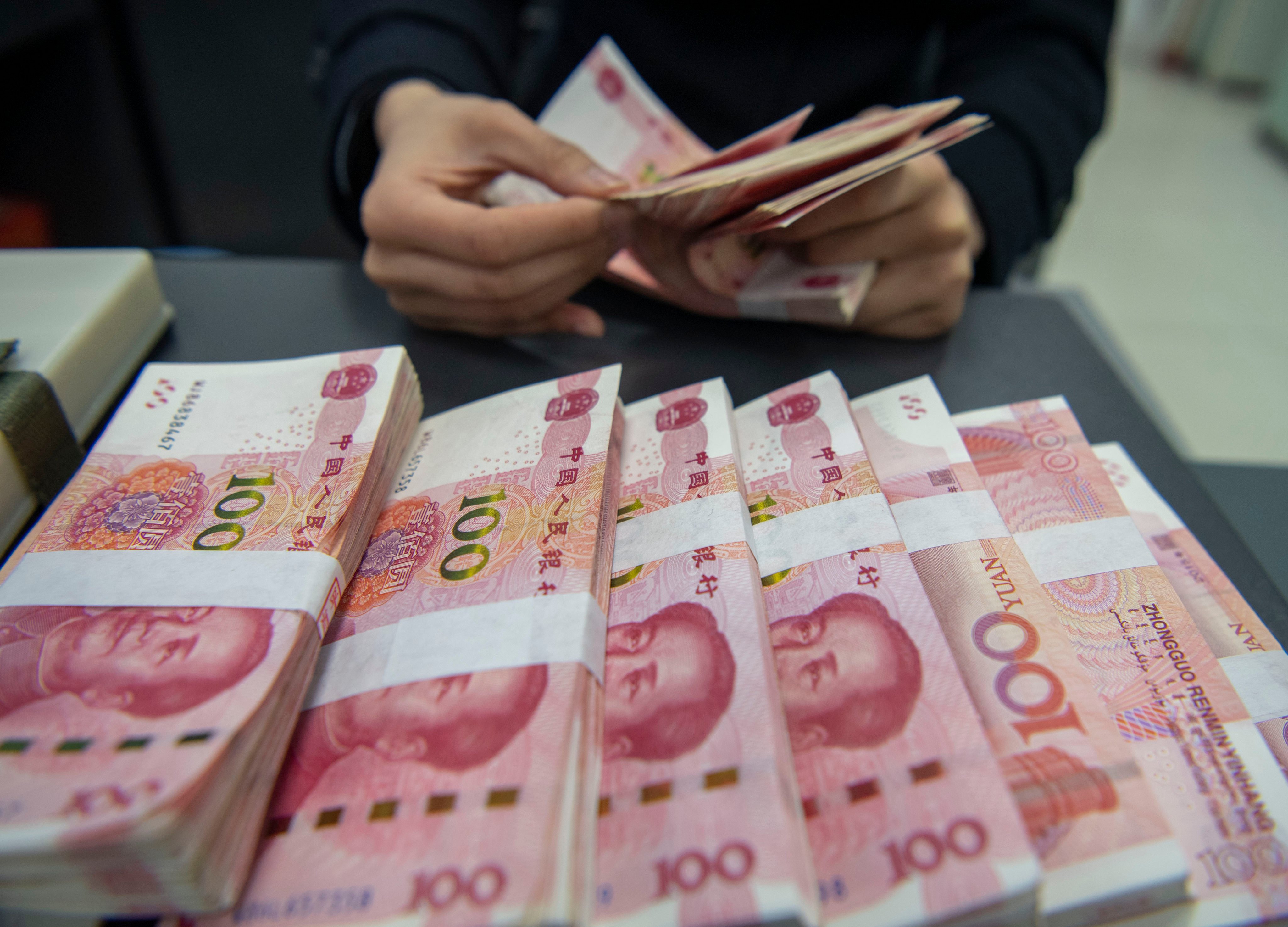Has Asia just taken a step away from the US dollar?
Asia’s largest economies have broken new ground by approving an emergency financing tool using the yuan and other local currencies

Asia’s largest economies made a decision that could signal a shift away from the US dollar on Sunday, as they approved a new rapid financing mechanism that will for the first time use regional currencies including the Chinese yuan.
The new scheme has been rapidly approved as countries across East and Southeast Asia look to shield themselves from the financial volatility unleashed by US President Donald Trump’s global tariff war, which has triggered turbulence in the US Treasuries market and an Asian currency rally in recent days.
It may also herald a deeper, longer-term shift towards a regional monetary mechanism that is less reliant on the dollar – and gives China a bigger role.
In this explainer, the Post breaks down the details of the new financing mechanism, and what it means for the future of Asia and the dollar-based global financial system.
What is the context behind this decision?
The new rapid financing mechanism is part of a broader scheme known as the Chiang Mai Initiative Multilatalisation (CMIM) – a currency swap arrangement among the 10-member Association of Southeast Asian Nations (Asean), China, Japan and South Korean.
The CMIM has its origins in the aftermath of the Asian Financial Crisis of the 1990s. It is designed to prevent a repeat of that crisis by providing emergency help to countries facing balance-of-payments issues and short-term liquidity difficulties.
The 13 member countries – collectively known as Asean+3 – first began setting up a network of bilateral currency swap arrangements in 2000, then the scheme expanded and evolved into the CMIM a decade later.
The lending capacity of the CMIM has since risen the US$240 billion, with Japan and China each contributing US$76.8 billion, South Korea US$38.4 billion and the 10 Asean countries a combined US$48 billion, according to the Asean+3 Macroeconomic Research Office.
To date, none of the member countries have ever requested CMIM funding.
What exactly was decided on Sunday?
During a meeting of finance ministers and central bank governors from the Asean+3 nations in Milan, Italy, on Sunday, the attendees approved a new tool for providing swift financial help to economies facing urgent balance-of-payments issues called the CMIM Rapid Financing Facility.
Unlike previous mechanisms, which relied on the US dollar, the new facility will use the Chinese yuan and other regional currencies.
The yuan had been approved for use as a transaction currency in the CMIM pool just weeks earlier, during a meeting of the Asean+3 deputy finance ministers and central bank governors in April.
A joint statement released at the Milan meeting noted that the new facility was designed to “enhance regional resilience by offering members timely access to emergency financing during urgent balance of payments needs, in response to sudden exogenous shocks such as pandemics and natural disasters”.
In a press release published on Monday, China’s central bank governor Pan Gongsheng hailed the move as “a breakthrough in diversifying the international monetary system in the region” amid a period of global uncertainty.
In Milan, the financial officials also agreed to explore further improvements to the CMIM in line with the International Monetary Fund framework – a move seen as a step towards institutionalising the initiative and making it more effective.
What will the new facility mean for the US dollar?
“Yuan’s inclusion in the CMIM system reflects growing acceptance of the currency on the global stage and marks a step forward in its internationalisation,” said Ding Shuang, chief Greater China economist at Standard Chartered Bank.
The move comes as Beijing accelerates its efforts to expand the yuan’s global influence by encouraging the use of the Chinese currency in trade settlement, commodity pricing and foreign exchange reserves.
Chinese authorities have also tried to boost cross-border use of its digital yuan through Project mBridge, a scheme launched in collaboration with the central banks of Hong Kong, Thailand, Saudi Arabia and the United Arab Emirates.
Ding, however, noted that the significance of the yuan’s inclusion in the CMIM was mainly symbolic, given that the mechanism has never before been activated and the member countries already had sufficient foreign exchange reserves.
“At this stage, the inclusion of the yuan is more of a structural move, and we will only see the actual impact when the CMIM funding pool is truly activated,” said Ding.